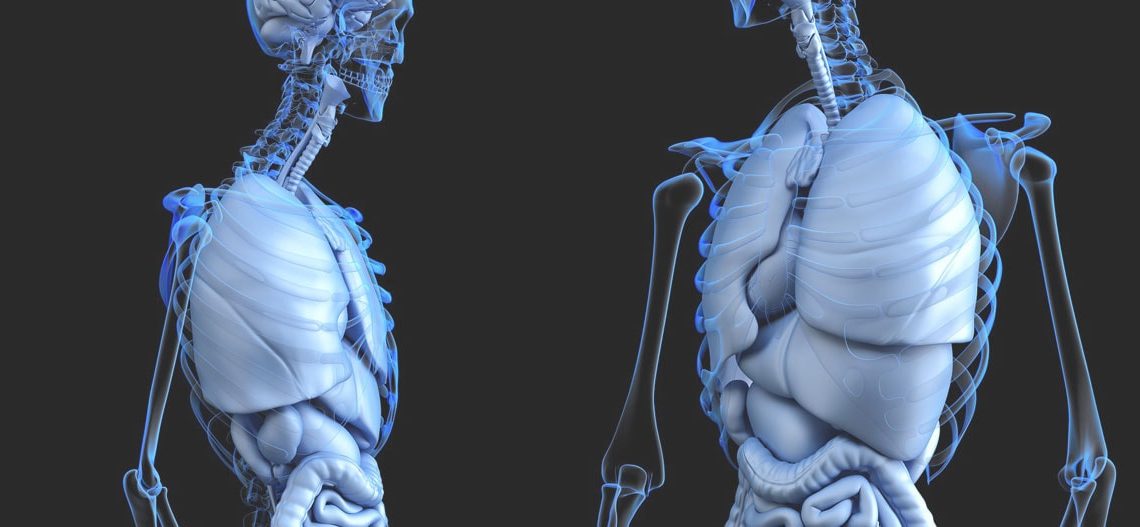What does mercury do to the human body?
Mercury is one of the oldest known toxins to humans and can have damaging effects on the human body. The truth is that most people are exposed to small amounts of mercury on a regular and ongoing basis. Mercury can be inhaled, ingested, or absorbed because it occurs in many forms in our environment – the air we breathe, the food we eat, and the mercury fillings in our mouths.
In this blog, we look at how small amounts of mercury exposure over time affects the human body and overall health. Holistic dentistry says no to mercury amalgam in the mouth and the following information supports why. The world health organization reports that “exposure to mercury – even small amounts – may cause serious health problems.” Problems include toxic effects on the nervous, digestive and immune systems.”
How does mercury get into your body?
Mercury occurs naturally in the earth’s crust and is found in air, water, and soil. At a large scale, mercury is released into the air naturally from volcanic activity or more often, from human activities like mining, industrial processes, coal-fired power stations and more.
On a small scale, we are exposed to mercury in the food we eat and the products we use. Certain types of fish and shellfish are known to have high amounts of mercury that in turn is absorbed into our body when we eat them. Common products that contain mercury including measuring devices, lamps and some lightbulbs, dental amalgam (mercury fillings), skin lightening products, cosmetics and some pharmaceuticals.
We believe the products that reside in or are ingested into the body are cause for concern. From a holistic perspective, mercury fillings should not be used as they emit small amounts of mercury vapour into the mouth 24 hours a day.
How is mercury released from silver fillings?
“Mercury is released from amalgam in several ways. Mercury vapour is continuously evolved from the filling surface and this release is stimulated by chewing, tooth brushing or bruxism (grinding the teeth). The process continues as long as the filling is in the tooth. The vapour can be inhaled or dissolved in saliva and swallowed. Mercury particles are also released from the filling surface through wear or corrosion and are swallowed. The third route of exposure is through mercury particles embedded in the gums or other soft tissue of the mouth during the removal of old fillings. The most significant route of exposure is believed to be inhalation of vapour.” – The Safety of Dental Amalgams, Health Canada
Symptoms caused by mercury in the body
Mercury displaces minerals, which causes a deficiency of those minerals in the body. The symptoms related to a deficiency of those minerals are:
- Iodine – thyroid dysfunction
- Magnesium – irregular heartbeat, receding gums
- Iron – anemia
- Zinc – anorexia, loss of taste and smell, loss of appetite, low libido, PMS
- Copper – anemia, thyroid dysfunction, impaired digestion
How much mercury is dangerous?
The effects of mercury depend on how the person came to be exposed to mercury and for what period of time.
The Agency for Toxic Substances and Disease Registry has an interactive illustration that does a good job explaining the effects of mercury on the body and the specific symptoms experienced when someone has mercury poisoning.
Mercury and the thyroid
Mercury is especially dangerous for the thyroid. Studies have shown that mercury from dental fillings migrates to the thyroid gland and sits on one or more of the thyroid’s iodine receptors, blocking the iodine from reaching the receptors which, in turn, prevents full activation of the thyroid and insufficient hormone production. This can lead to an under-active thyroid, known as hypothyroidism, and related symptoms, which include low body temperature, feeling cold, weight gain, and irritability. Mercury is also linked to thyroid damage, autoimmune thyroiditis and hormone function impairment.
Other health problems associated with mercury
Dr. Robert Nash, a practicing neurologist and the Chairman of the American Board of Metal Toxicology, after reviewing mercury-associated diseases and their mechanisms, suggests that the toxic effects of mercury spread across a broad spectrum of diseases including autism, Alzheimer’s disease, ALS, multiple sclerosis, Parkinson’s disease, neuro-developmental diseases, nephrotoxicity, and cancer.
An issue of safety – What you can do about mercury?
The best way to prevent the harmful effects of mercury is to limit your exposure to mercury in things that you can control. This includes the food you eat and the materials used in your mouth.
If you have mercury fillings, it’s worth considering the impact on your overall health. Holistic dentistry says no to using amalgam fillings and recommends their removal. To learn more about holistic dentistry and the safe removal of mercury fillings, have a look at:
Holistic Dentistry Oakville
Mercury Fillings and Replacement
What You Need to Know About the Safe Removal of Mercury Fillings
To learn more about your specific situation, call 905-338-6684 or fill out the form to connect with Oakville dentist Dr. Bis.
Resources
The Agency for Toxic Substances and Disease Registry

